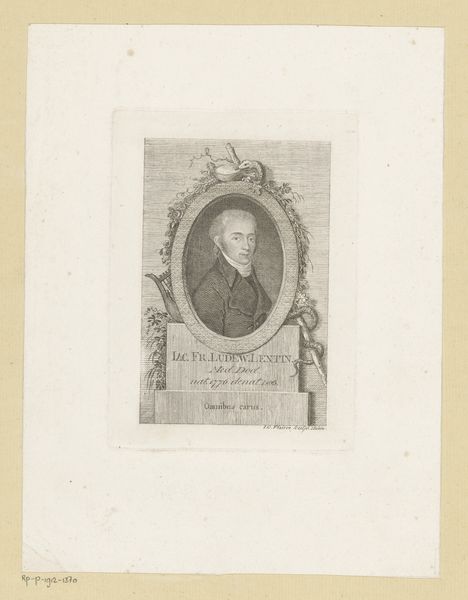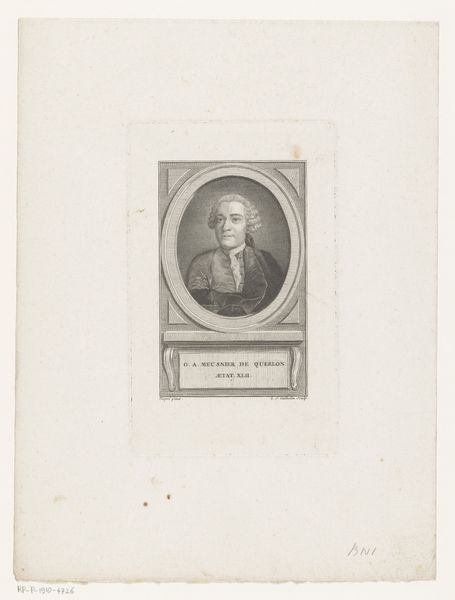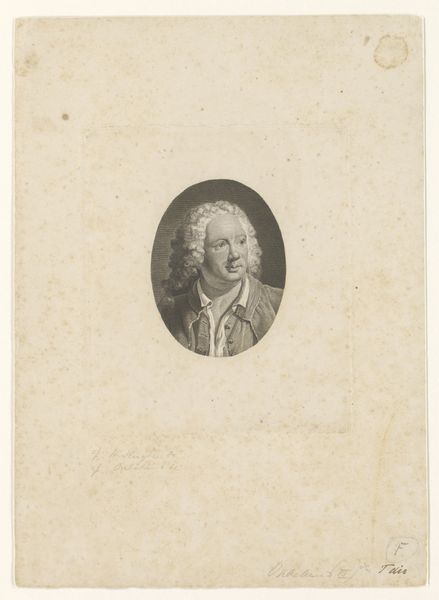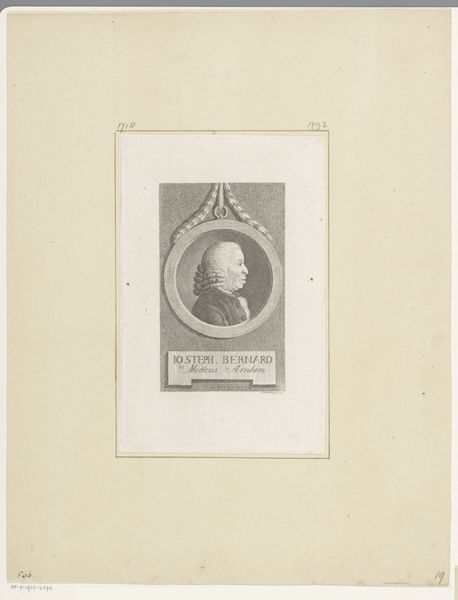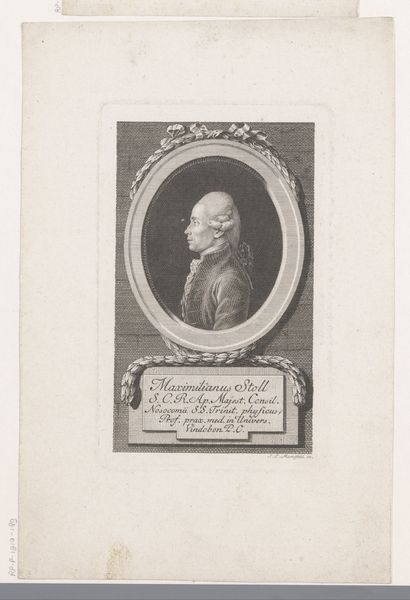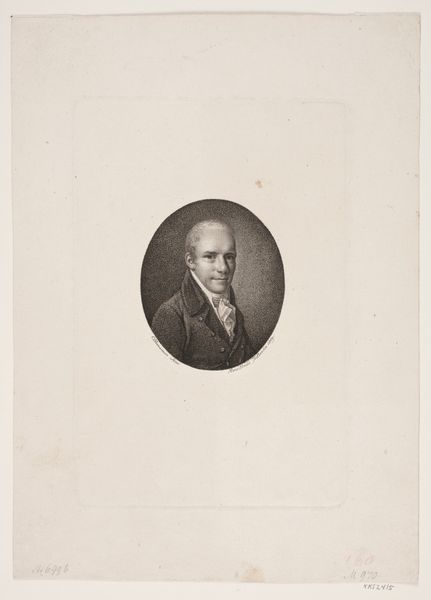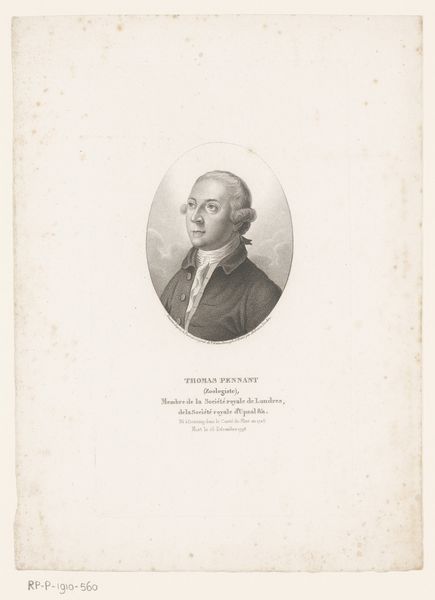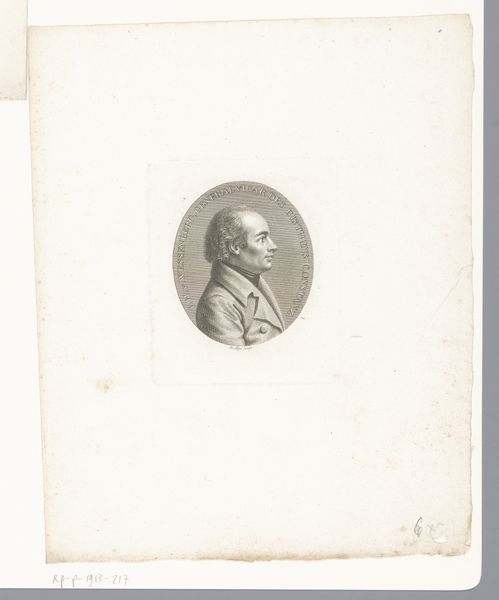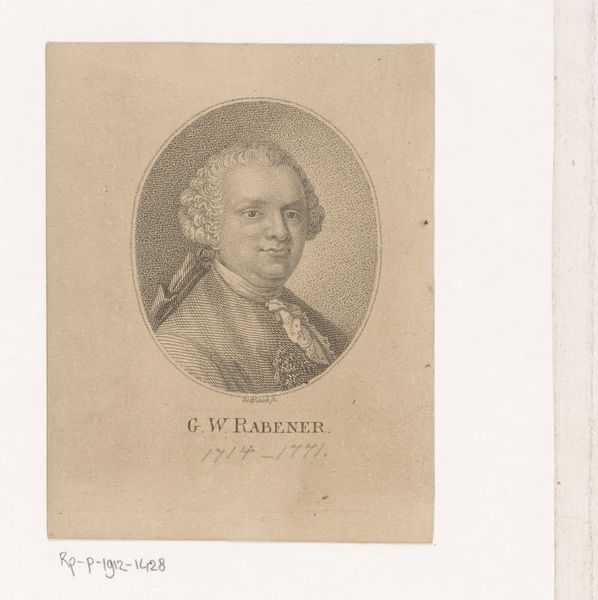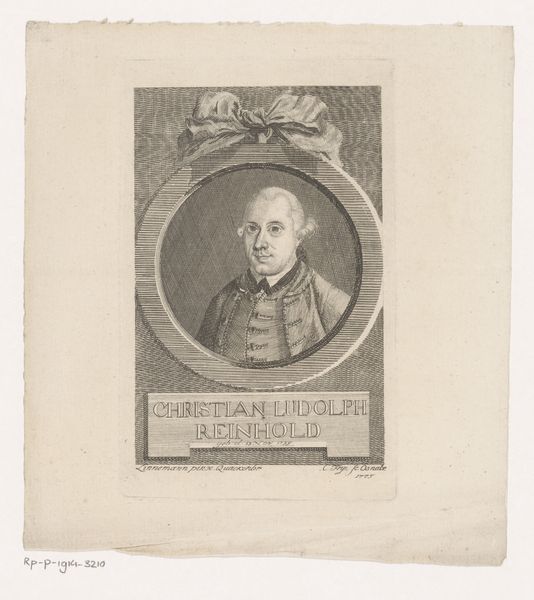
engraving
#
portrait
#
neoclassicism
#
engraving
Dimensions: height 117 mm, width 105 mm
Copyright: Rijks Museum: Open Domain
This is a portrait of Samuel Friedrich Nathanael Morus, made by Johann Heinrich Lips. It's an engraving, a printmaking process where the artist uses a tool called a burin to carve lines directly into a metal plate, usually copper. What's fascinating about engravings is the level of skill and labor involved. Each line you see had to be carefully cut by hand. The depth and density of these lines create the tonal variations and details of the portrait, from the delicate rendering of Morus's face to the texture of his clothing. Engraving was a highly valued skill, often associated with precision and control. In the context of 18th-century Europe, prints like these played a vital role in disseminating images and ideas, making art more accessible. The very act of making such a precise object by hand—in a world increasingly shaped by industrial modes of production—imbues the portrait with social and cultural significance, offering us a glimpse into the era's values and aesthetics. So, next time you look at a print, consider the labor and the skill involved. It encourages us to challenge the traditional art-historical hierarchy that separates the "fine" arts from the "applied" arts.
Comments
No comments
Be the first to comment and join the conversation on the ultimate creative platform.

